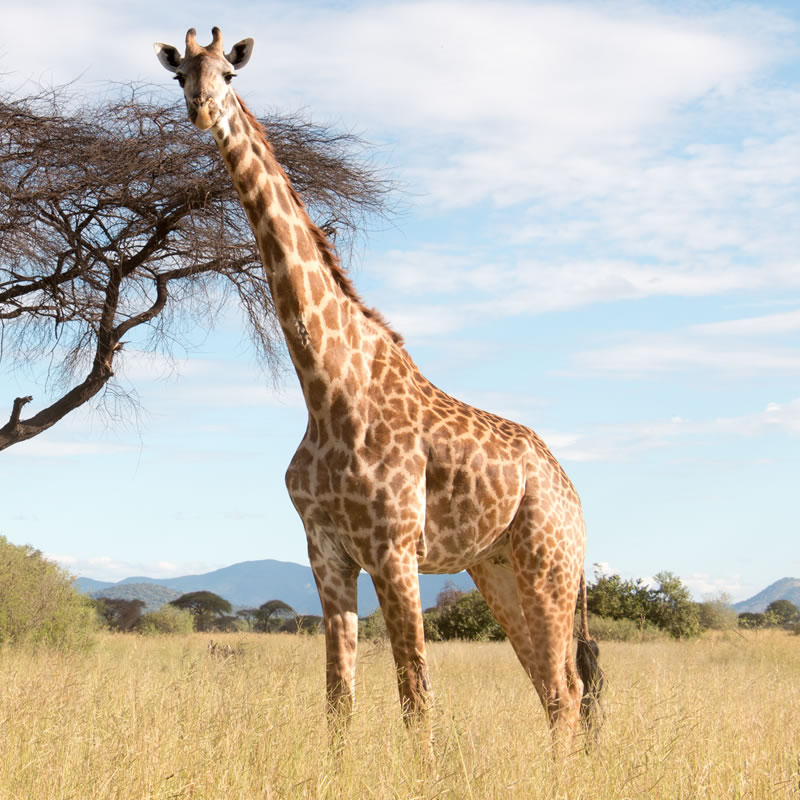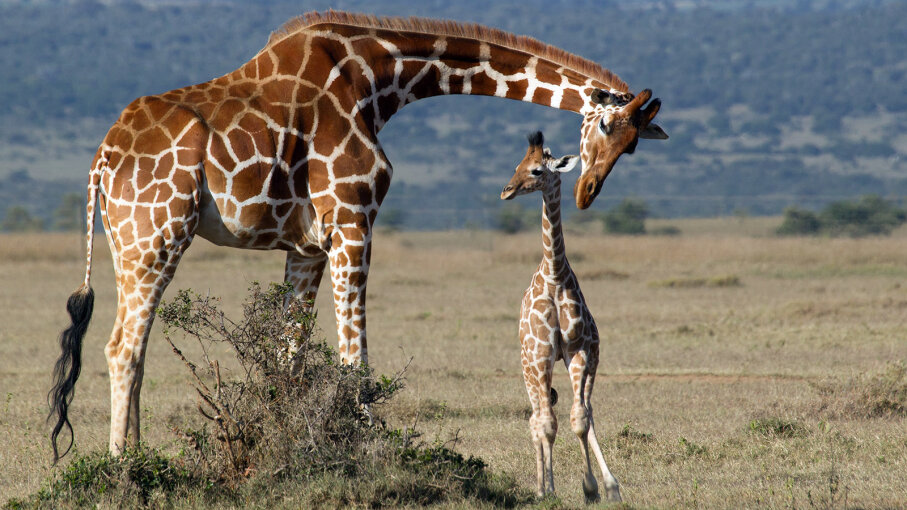Everyone knows giraffes. They’re one of the go-to animals when you think of the African savannah along with lions and elephants. But what most people don’t know is that giraffes are officially listed as critically endangered in the wild. Like many species in the African savannah, their population is suffering from many different factors including illegal hunting and loss of habitat.

Fig. 1 Giraffe in the Wild
In the past three decades, we have lost over 40% of the giraffe population, leaving us with under 100,000 still left in the wild across all of Africa. The main reason for this sharp decline is the habitat loss giraffes have been facing. As human development continues to increase, giraffe populations are being cut off from one another and slowly separated into little colonies, instead of the huge groups of them that used to wander the plains. Much of the African savannah is becoming used for farming and ranching as well as for the growing charcoal industry there. These developments might greatly benefit the people living in this area, but they are causing devastation to many species who are struggling with the drastic loss of habitat. The inbreeding caused by the separation of the giraffe population has also caused new diseases in the animals, leading to potentially shortened lifespans and even further issues.

Fig. 2 Giraffe Mother with Baby
As with many large mammal species, poaching is also a huge issue causing population decline. Like I have discussed before with the Amur Tiger and the Cheetah, poachers target “exotic” animals to sell in different countries where the animal is not found. Online and even in places in the United States, people buy products like giraffe rugs and giraffe bones used as knife handles, all of which were legally obtained because the United States government hasn’t officially designated poached giraffe parts as illegal to bring into the country, unlike some other animal parts.
Trophy hunting is also a large issue in Africa at the moment. Many foreign hunters visit the African savannah and are proud of the “large kill” they make on an animal such as the giraffe, not realizing that they are helping cause the decline in the population of such an important animal.
So many of the animal species that people love are slowly going extinct, and if we don’t do anything about it, the situation is only going to get even worse. Species go extinct every single day, most of which are still undiscovered when they disappear off the face of the Earth forever, and many of the ones we cherish in our lives are suffering as well. Personally, hearing about these animals and knowing that humans are one of the direct causes of their population declines is the reason I want to pass on this knowledge to other people to raise awareness of the damage we have done before it’s too late.

